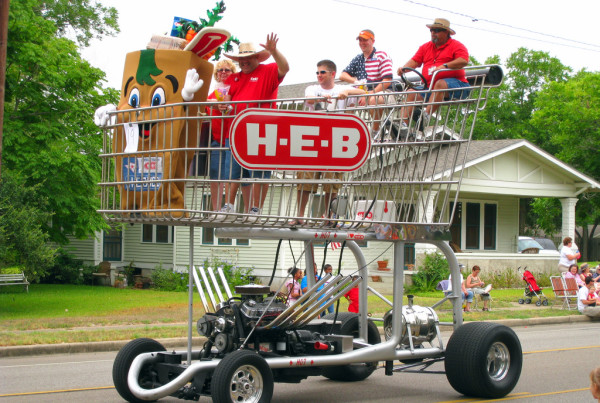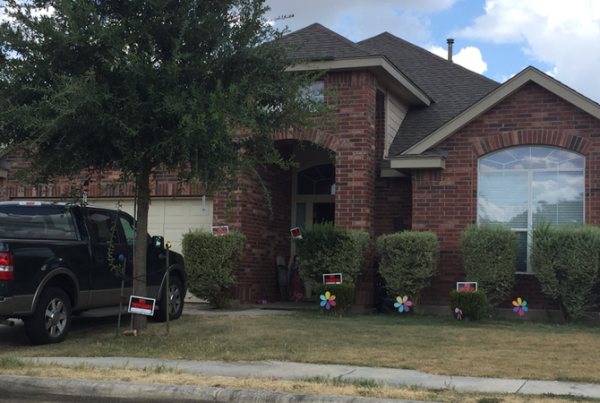This story originally appeared on Inside Energy.
Sand is a key ingredient in hydraulic fracturing, but breathing in too much of it can be deadly.
A 2012 alert and study by the National Institute for Occupational Safety and Health raised an alarm that workers at fracking sites in Colorado and four other states were exposed to silica dust at levels that exceeded occupational exposure limits.
That exposure has not translated into patient diagnoses yet, according to interviews with four experts, but the disease can hide for a decade before causing symptoms. No one knows how many oil and gas workers may have already been exposed.
Still, many companies in the industry have responded by changing the way they handle frack sand. New innovation and investment suggests that a technological fix can protect workers while boosting efficiency. The changes are as much a way to improve operations as to strengthen worker protections.
Dangerous sand dust
At its worst, dust clouds full of silica can bloom in the air at an oil and gas well.
Sand first arrives at a site in a truck, then travels through a few pieces of machinery – called the sand mover, transfer belt and blender hopper – before it plunges underground in hydraulic fracturing fluid. The fluid fissures rock underground and the sand props open the fissures so oil and gas can flow out.
The problem is this: the more the sand moves around above ground, the finer it grinds and the more dust it releases into the air. Often, trucks offload sand using compressed air, blowing it aloft.
New businesses have formed to deliver sand without the dust. Instead of moving sand on its own, they keep it in a box resembling a metal freight container. When a crew is ready for the sand, they release it from the bottom of the box using gravity, not air pumps.
U.S. Well Services uses a system supplied by Houston-based SandBox Logistics on two of its nine frack fleets. The company already used a dust filtration system and wanted to save money on trucking, CEO Brian Stewart said.
“We happened upon them because we were looking for a logistics solution,” he said.
Liberty Oilfield Services’ two Colorado-based frack crews also use SandBox, and the company has plans to extend the system to its four remaining crews, spokesperson Audrey Carlson said. A gravity-fed system is quieter than the traditional way of delivering sand with pneumatic pumps, so it cuts down on noise and community complaints, she said.
“I think this will become an industry standard,” Carlson said.
Montana-based Grit Energy Solutions and Georgia-based Portare are two other companies offering a similar gravity-fed system.
Alberta-based Calfrac Well Services implemented its own fix, called “Sandstorm,” to deliver and process sand at a frack site. The system contains sand through covered conveyor belts, enclosed storage containers and a remote controlled robot.
This report is part of a collaboration with the Center for Public Integrity on their Unequal Risk series examining toxic substances in the workplace. Read more athttp://www.publicintegrity.org/
















